Black holes have always been a fascinating topic of discussion among astronomers and enthusiasts alike. The concept is both mind-boggling and intriguing, as these celestial objects possess an immense gravitational force that can even trap light. In this article, we will explore the wonders of black holes and delve into their mysterious nature.
Black holes, such as the one depicted in the image above, are incredibly dense regions in space that have a gravitational pull so strong that nothing can escape from them, not even light. They are formed when massive stars exhaust their nuclear fuel and undergo a catastrophic collapse in on themselves. This collapse results in a tremendous concentration of mass in an incredibly small volume.
The Fascinating World of Black Holes
1. Event Horizon: Every black hole has an event horizon, which is the boundary beyond which nothing can escape its gravitational pull. Once an object crosses this threshold, it is irrevocably drawn into the black hole, disappearing from our observable universe.
2. Singularity: At the heart of a black hole lies a singularity, a point of infinite density where the laws of physics as we know them break down. The singularity is thought to be a region of space-time where matter is crushed to an infinitesimal size.
How Do Black Holes Impact Their Surroundings?
3. Gravitational Lensing: The immense gravitational force of a black hole can bend light around it, acting as a gravitational lens. This phenomenon can lead to the distortion and magnification of distant objects, enabling us to observe them from a different perspective.
4. Accretion Disk: When matter from a nearby star or interstellar gas falls into a black hole, it forms an accretion disk. The disk heats up due to friction between the particles, emitting extremely high-energy radiation, including X-rays and gamma rays.
Black holes have been the subject of extensive scientific research due to their unique properties and their effects on the surrounding space. Understanding these enigmatic objects can help us gain insights into the fundamental laws of physics and the nature of the universe itself.
The Benefits and Advantages of Studying Black Holes
Exploring black holes holds immense scientific value. Here are a few advantages of studying these celestial wonders:
- Understanding Gravity: Investigating black holes allows scientists to probe the fundamental force of gravity under extreme conditions, where the usual laws of physics no longer apply.
- Unveiling the Origins of the Universe: Black holes provide valuable clues about the early universe and the formation of galaxies, shedding light on the mysteries of cosmic evolution.
- Testing Einstein's Theory of General Relativity: The study of black holes offers opportunities to test and refine Albert Einstein's revolutionary theory of general relativity.
- Advancing Technological Innovations: The pursuit of knowledge about black holes drives advancements in astronomy, astrophysics, and space exploration, fostering technological progress.
In conclusion, black holes are captivating astronomical objects that challenge our understanding of the cosmos. Their immense gravitational forces and mysterious nature make them fascinating subjects for scientific exploration. The study of black holes not only helps us grasp the fundamental workings of the universe but also facilitates technological advancements that benefit humankind.
People Also Ask
What happens if you fall into a black hole?
If a person were unfortunate enough to fall into a black hole, the intense tidal forces would stretch their body to extreme lengths, resulting in a process known as spaghettification. Ultimately, they would be crushed into the singularity at the heart of the black hole.
Can anything escape a black hole?
No, nothing can escape a black hole once it crosses the event horizon. Even light, which is the fastest-moving entity in the universe, cannot break free from the black hole's gravitational grasp once it passes this boundary.
If you are looking for Scientists confirm Einstein’s black hole theory - science - Hindustan Times you've came to the right page. We have 25 Pics about Scientists confirm Einstein’s black hole theory - science - Hindustan Times like Astrophysics in The Three-body Problem — Black Hole, Three Spheres and More - Pandaily, The Hubble Space Telescope Discovered a Missing Link Black Hole and also Physics-Astronomy.org. Here you go:
Scientists Confirm Einstein’s Black Hole Theory - Science - Hindustan Times
 www.hindustantimes.com
www.hindustantimes.com hole theory scientists einstein light confirm times happens
Not All Theories Can Explain The Gargantuan Black Hole M87*
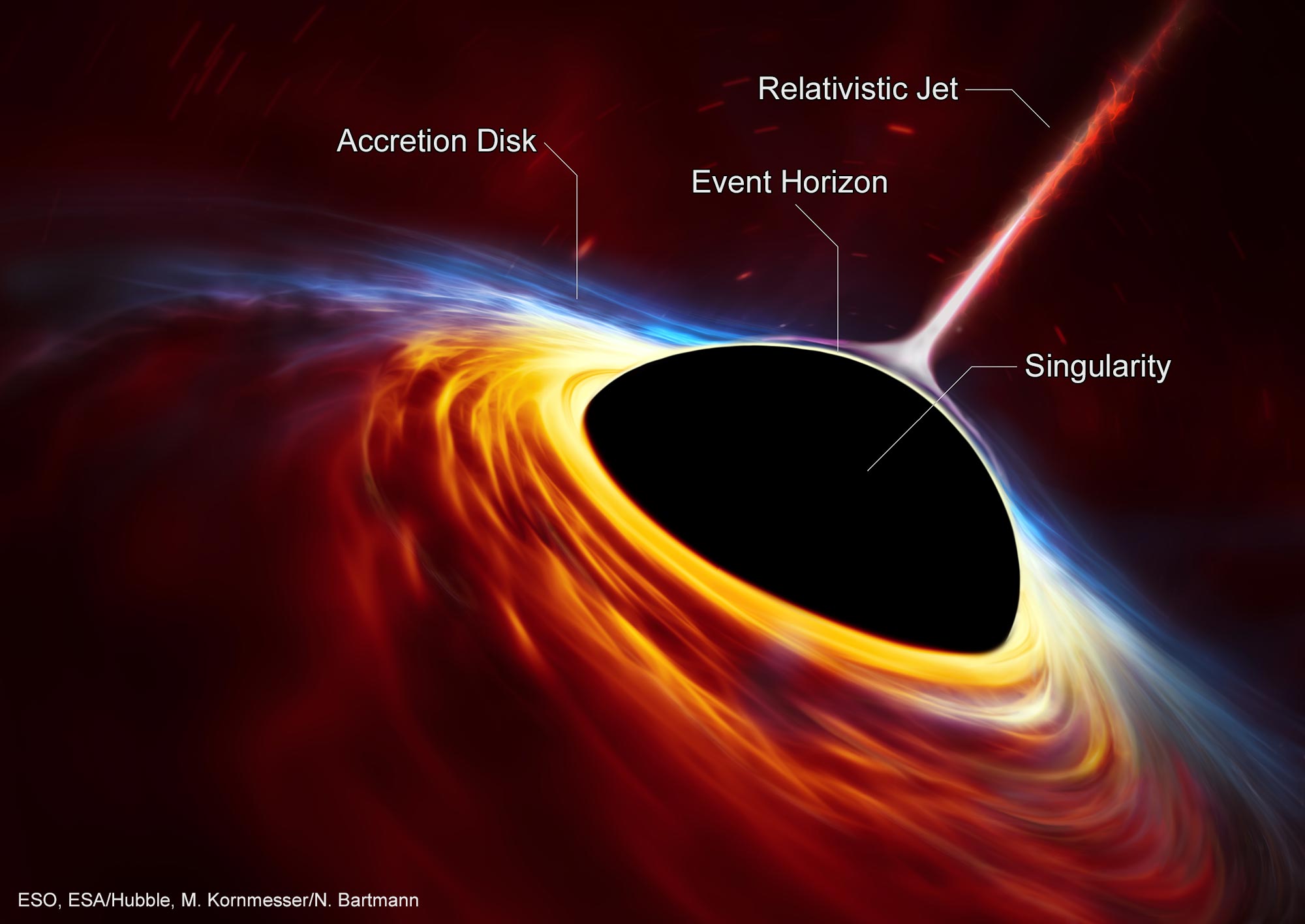 scitechdaily.com
scitechdaily.com m87 gargantuan theories
Astronomers Detect Orbital Motion In Pair Of Supermassive Black Holes - National Radio Astronomy
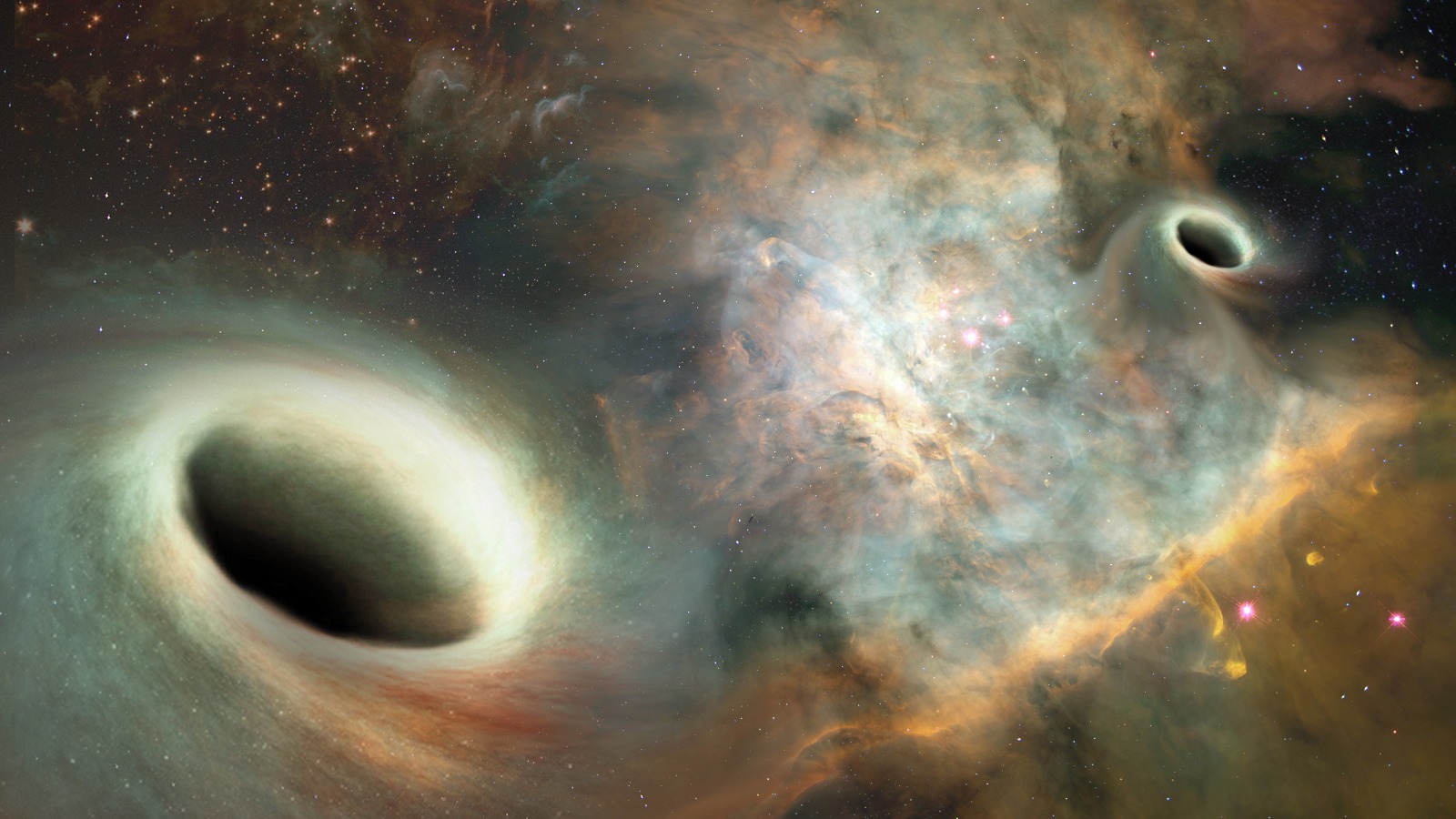 public.nrao.edu
public.nrao.edu supermassive holes galaxy astronomy
We Might Be Living INSIDE A Black Hole | HuffPost UK
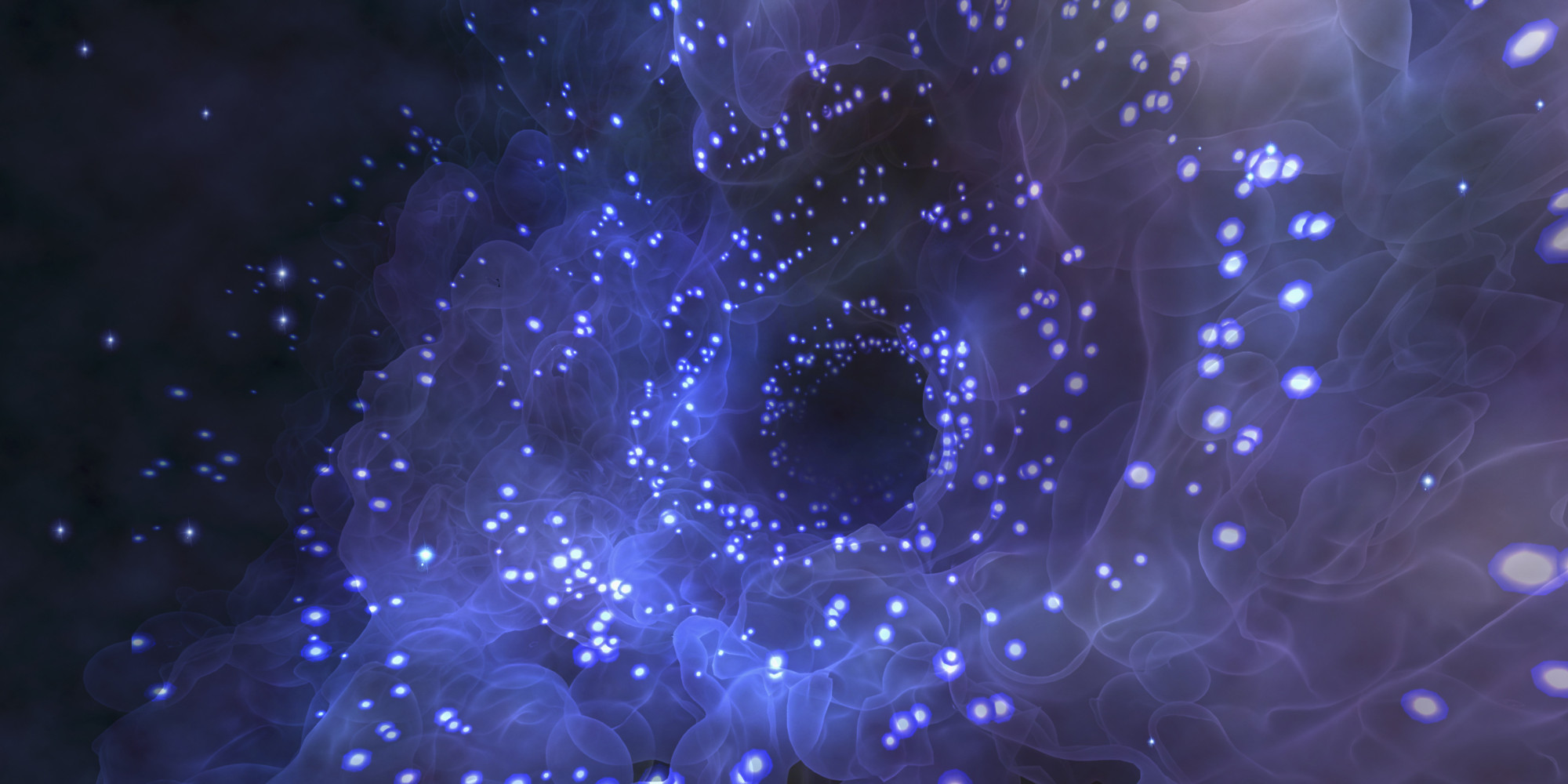 www.huffingtonpost.co.uk
www.huffingtonpost.co.uk 25-Year-Old Astrophysics Puzzle Explained By Powerful Jets From Supermassive Black Holes?
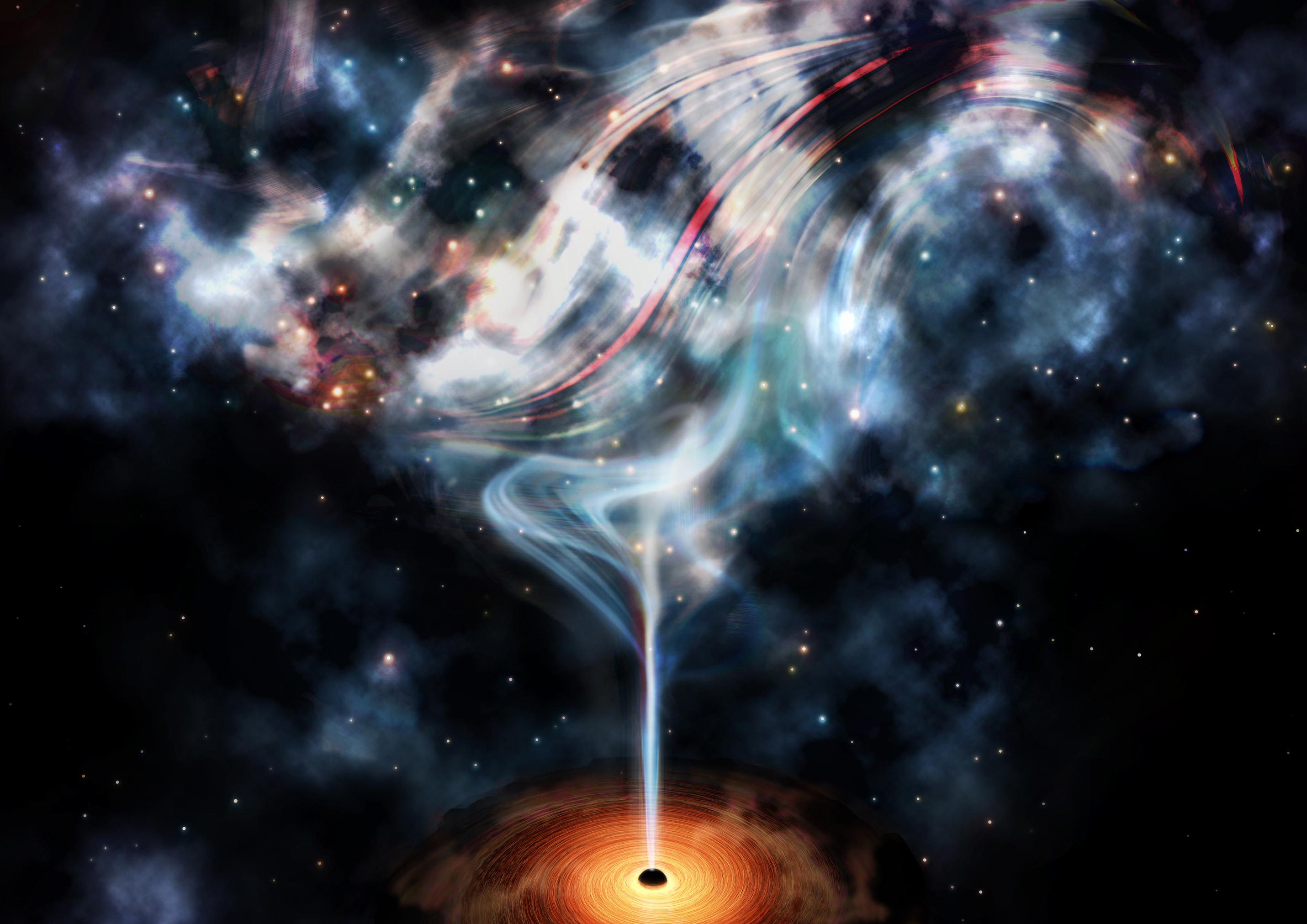 scitechdaily.com
scitechdaily.com supermassive hole jet holes astrophysics jets powerful impression explained puzzle year artist cluster weather astronomy launched inflates lobes gas very
Black Holes Reveal Themselves In The X-ray Spectrum | Hard Science Fiction
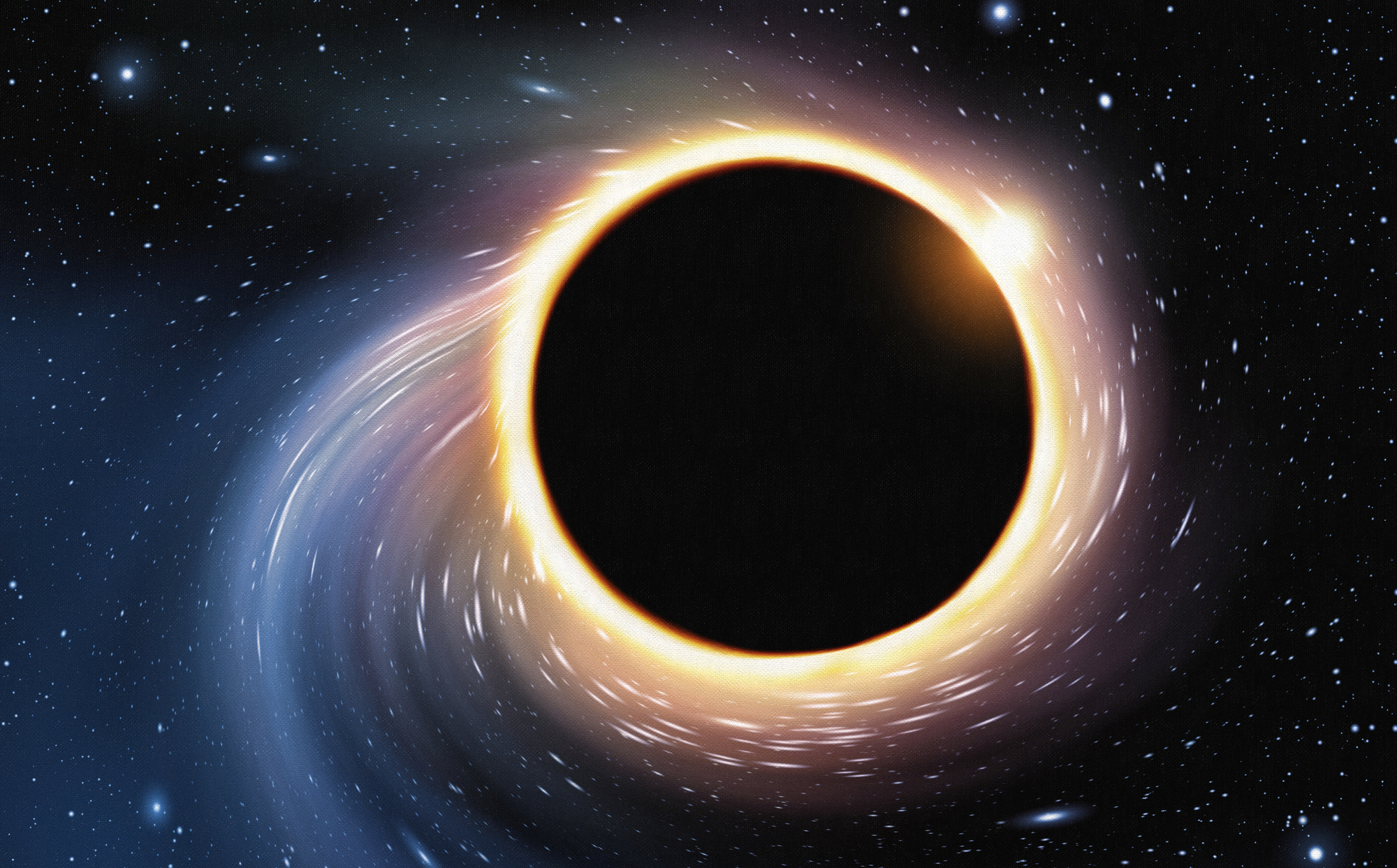 hard-sf.com
hard-sf.com New Simulation Shows What Black Hole Mergers Will Look Like
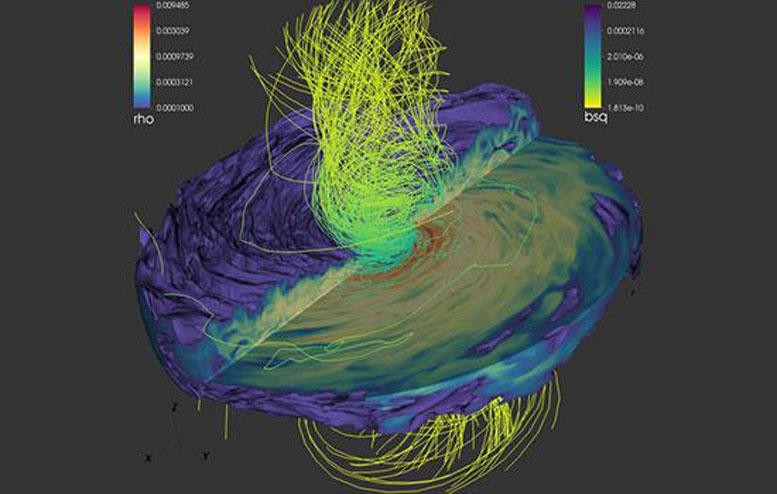 scitechdaily.com
scitechdaily.com astrophysics hole simulation look advances rit mergers supermassive study hints provides
Some Supermassive Black Holes Didn’t Emerge From Star Remnant
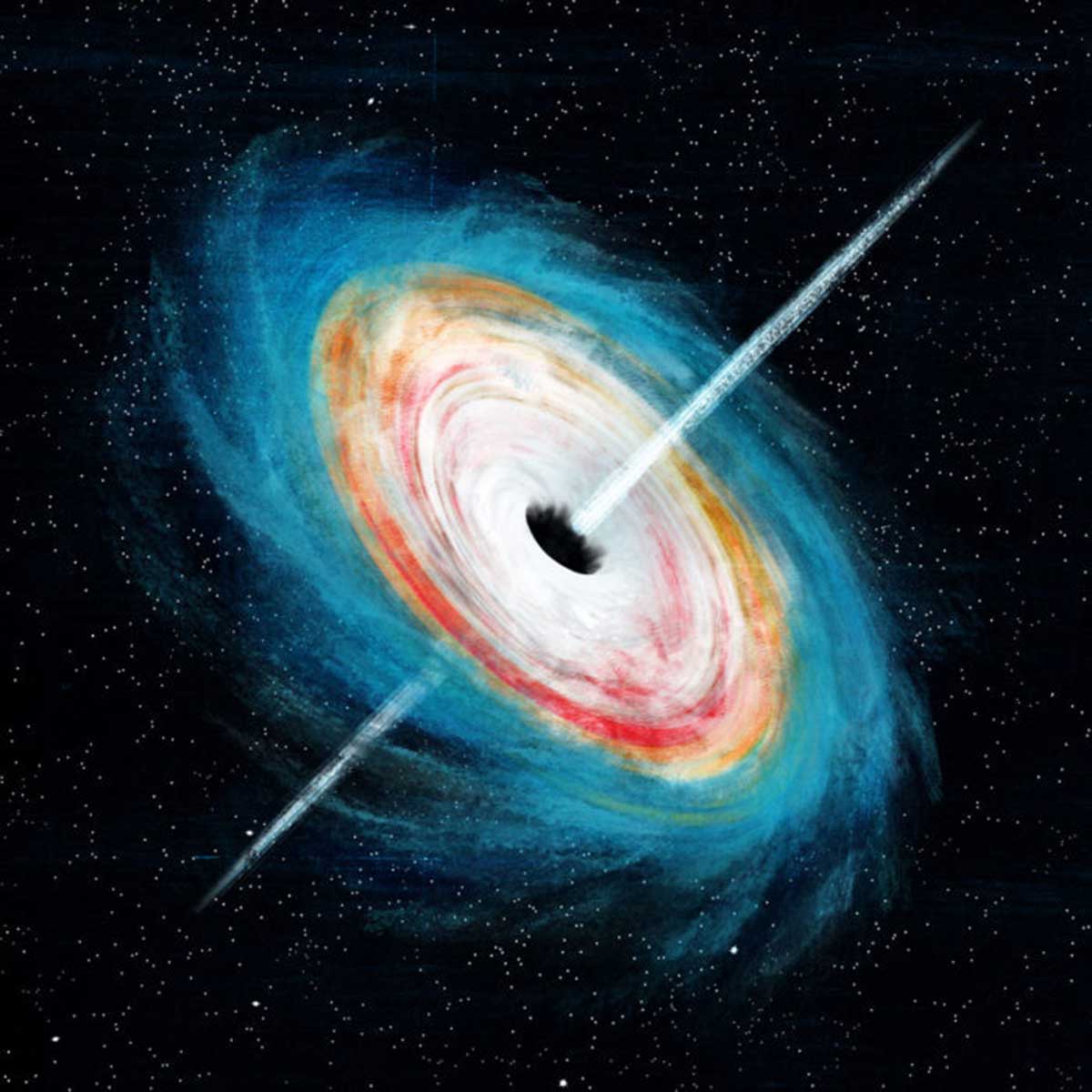 www.techexplorist.com
www.techexplorist.com supermassive hole holes universe space evidence formed history astronomy blackhole star emerge remnant some early formation forming didn form decipher
Scientists Discover What Happens When Nearly Extreme Black Holes Attempt To Regrow Hair
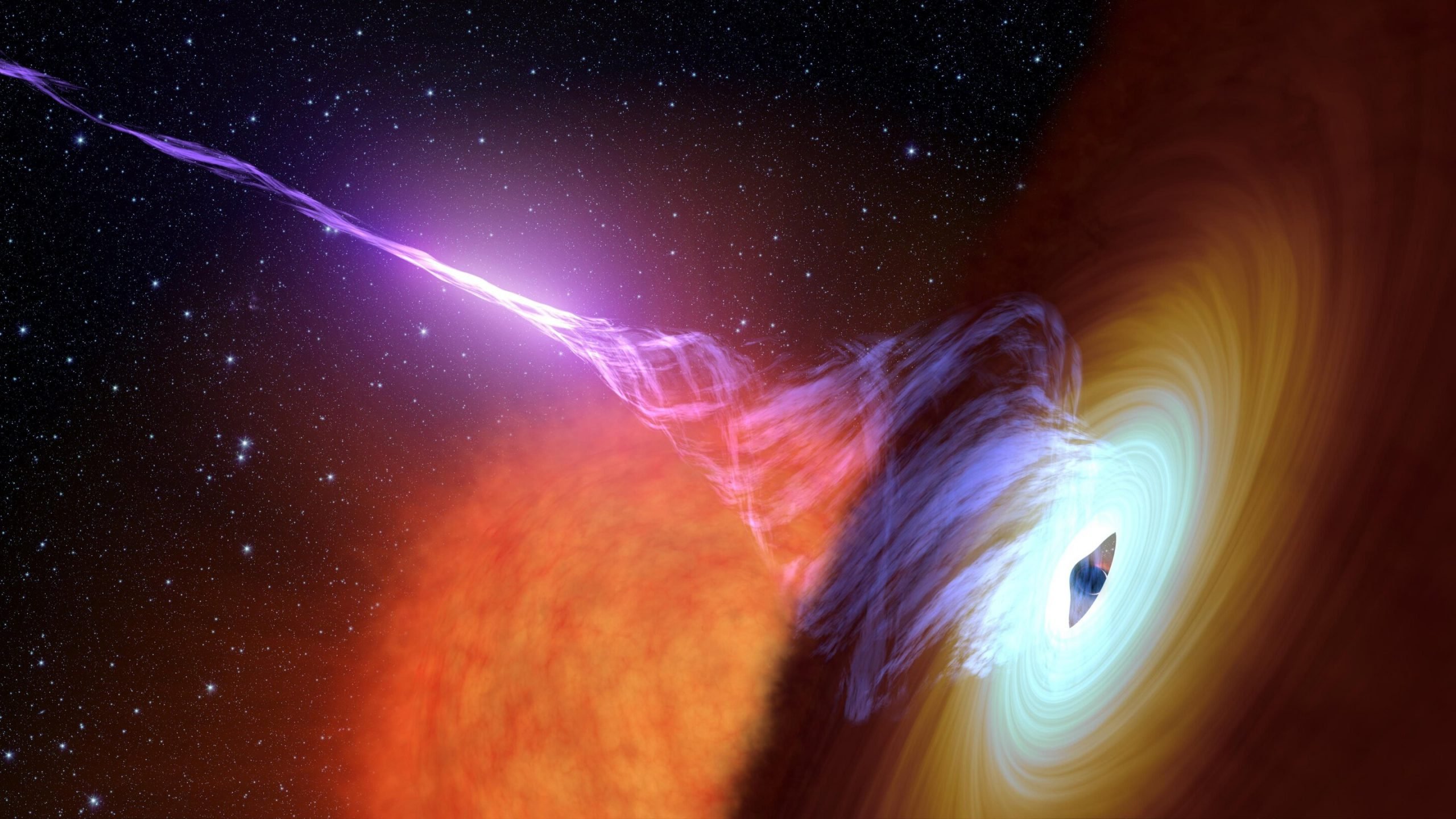 scitechdaily.com
scitechdaily.com astronomy accretion regrow scientists attempt collapses jpl conception caltech nasa scitechdaily
Super Massive Black Hole And Accretion Disk Stock Illustration - Illustration Of Astrophysics
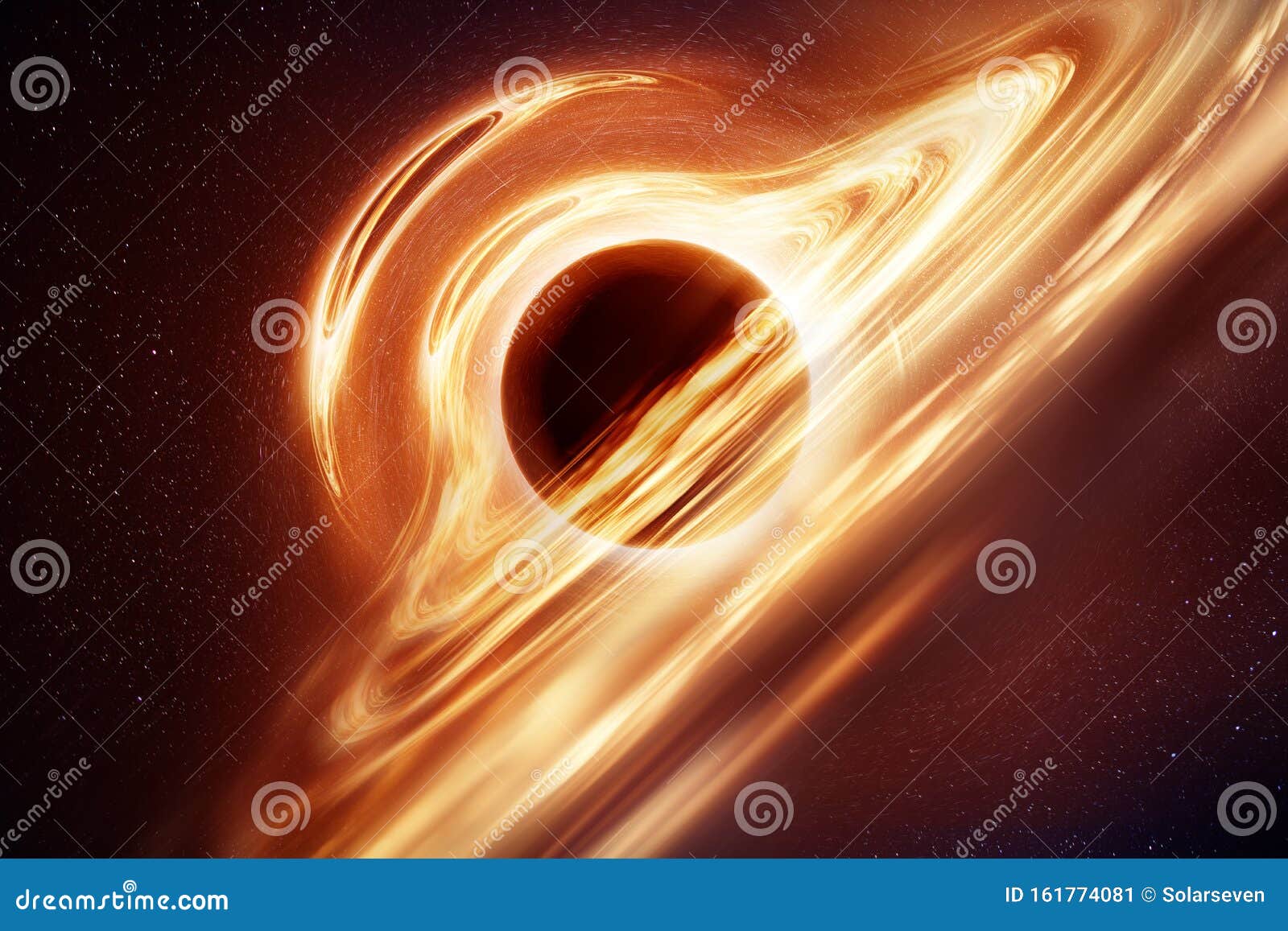 www.dreamstime.com
www.dreamstime.com hole accretion disk massive super illustration preview
Astrophysics In The Three-body Problem — Black Hole, Three Spheres And More - Pandaily
-76.jpg) pandaily.com
pandaily.com What Is The Black Hole Information Paradox?
 phys.org
phys.org paradox schwanberg
File:Black Hole Milkyway.jpg - Wikipedia
hole milkyway file wikipedia holes way milky space real blackhole earth galaxy darkness supermassive negros pic google negro gravitational stellar
Black Hole Astrophysics | SpringerLink
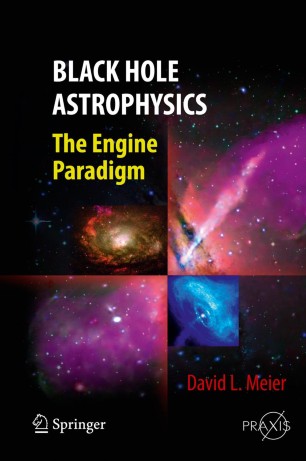 link.springer.com
link.springer.com Black Holes: Are They Fountains Of Creation?
holes creation hole they fountains science supermassive universe galaxy nasa center space blackhole kepler star matter negro apr agujero como
Physics-Astronomy.org
 www.physics-astronomy.org
www.physics-astronomy.org hole contains every another
Remarkable Image Of Black Hole Released In Astrophysics Breakthrough
 sg.news.yahoo.com
sg.news.yahoo.com hole
Remarkable Image Of Black Hole Released In Astrophysics Breakthrough - MyRepublica - The New
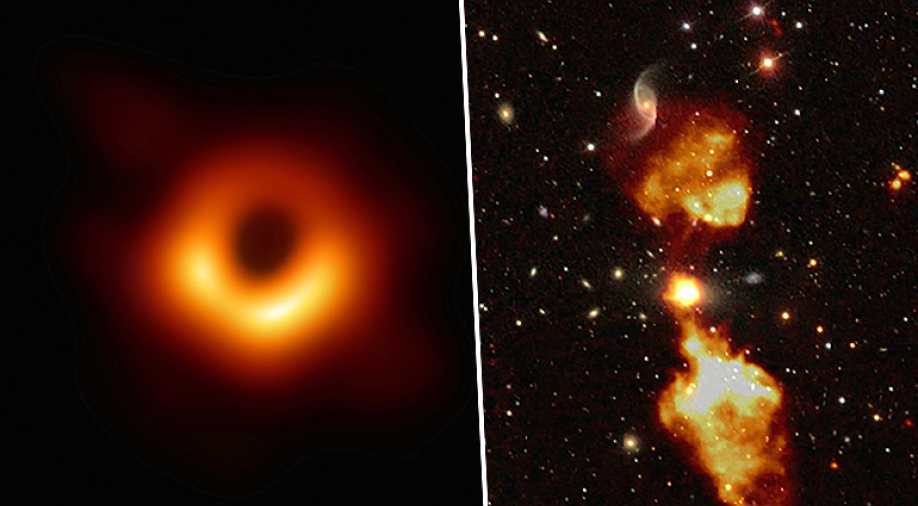 myrepublica.nagariknetwork.com
myrepublica.nagariknetwork.com hole discovery latest remarkable astrophysics breakthrough released myrepublica wionews blackhole
First Image Of A Black Hole #astronomy #astrophysics #physics #blackhole #m87 #spacetimenotes #
 www.pinterest.jp
www.pinterest.jp hole space m87 astronomy eht facts wonders physics blackhole
PPT - Black Hole Astrophysics PowerPoint Presentation, Free Download - ID:1156516
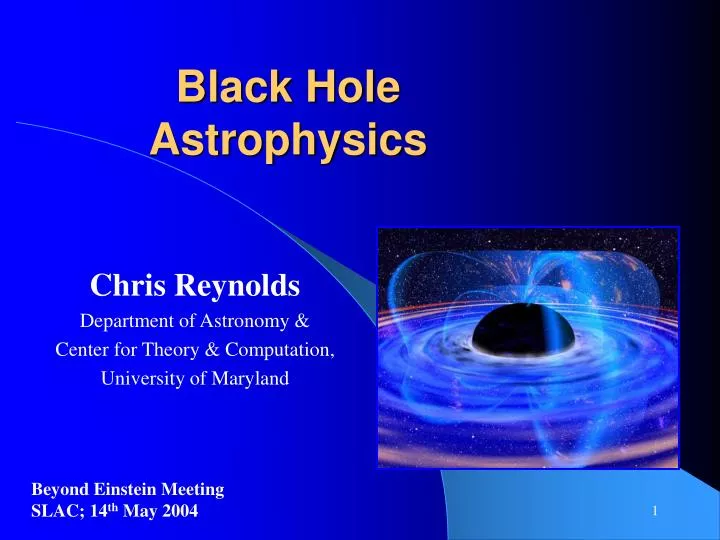 www.slideserve.com
www.slideserve.com astrophysics
NASA Considering 4 Astrophysics Missions For The Next Decade - Industry Tap
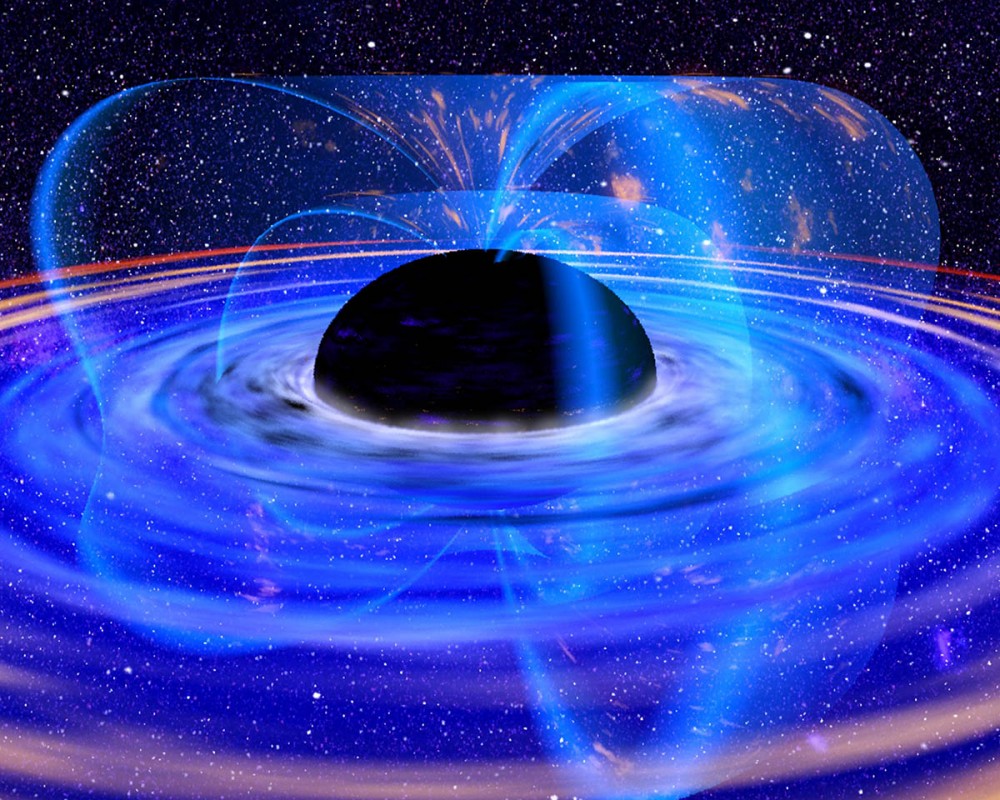 www.industrytap.com
www.industrytap.com astrophysics nasa considering decade missions next hull milne courtesy ac blackhole
The Hubble Space Telescope Discovered A Missing Link Black Hole
 www.instantlymodern.com
www.instantlymodern.com hubble telescope blackhole hitam lubang interstellar neagra gaura sagitario gravitational angkasa atau idevice donat roen penjelasan lengkapnya
LIGO's Latest Black-Hole Merger Confirms Einstein, Challenges Astrophysics - Scientific American
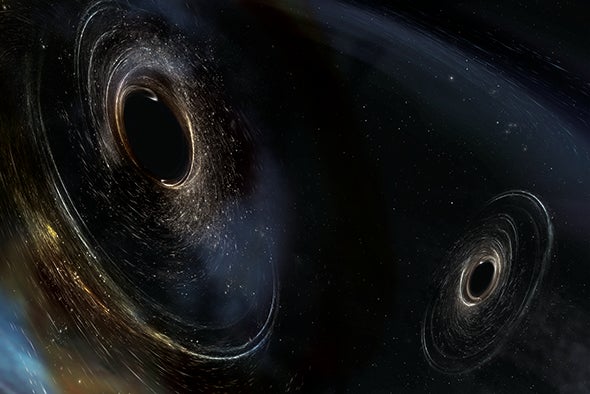 www.scientificamerican.com
www.scientificamerican.com hole merger
Theory Of The Black Hole In Astrophysics Quiz - BestFunQuiz
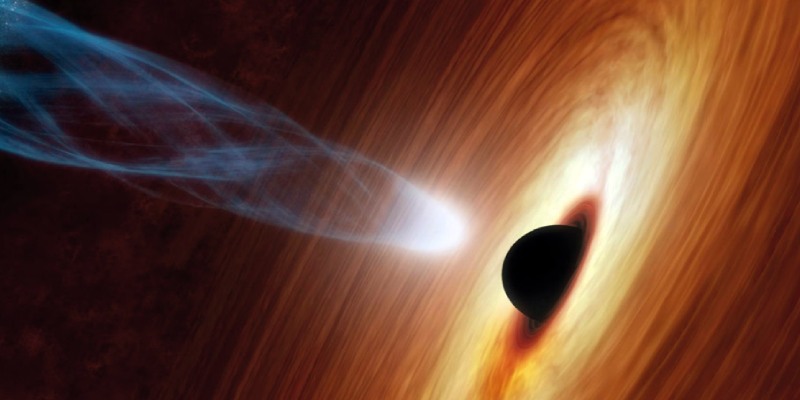 www.bestfunquiz.com
www.bestfunquiz.com quiz astrophysics hole
4K Free Download | Wormhole, Astronomy, Astrography, Astrophysics, Black Hole, Landscape
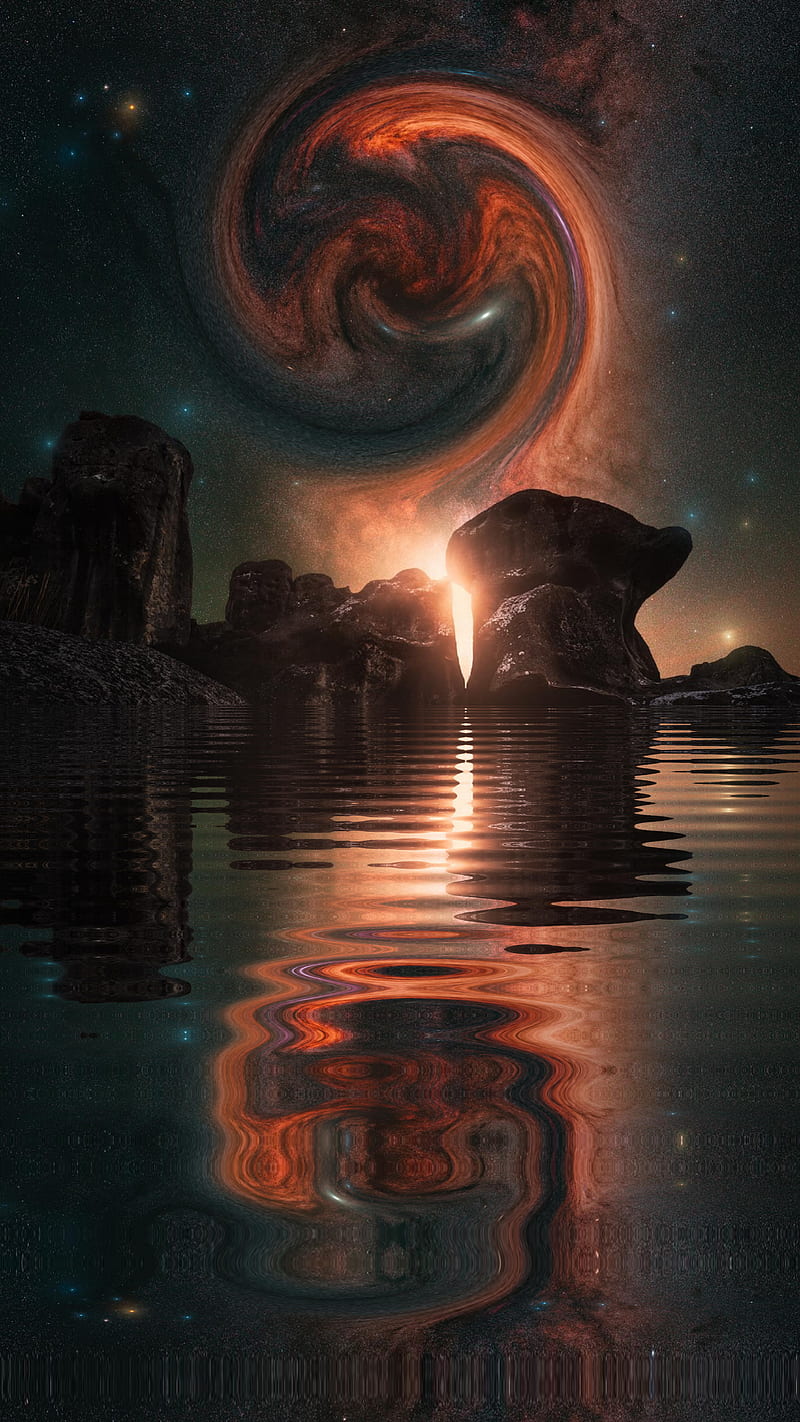 www.peakpx.com
www.peakpx.com Paradox schwanberg. Astronomers detect orbital motion in pair of supermassive black holes. Scientists discover what happens when nearly extreme black holes attempt to regrow hair